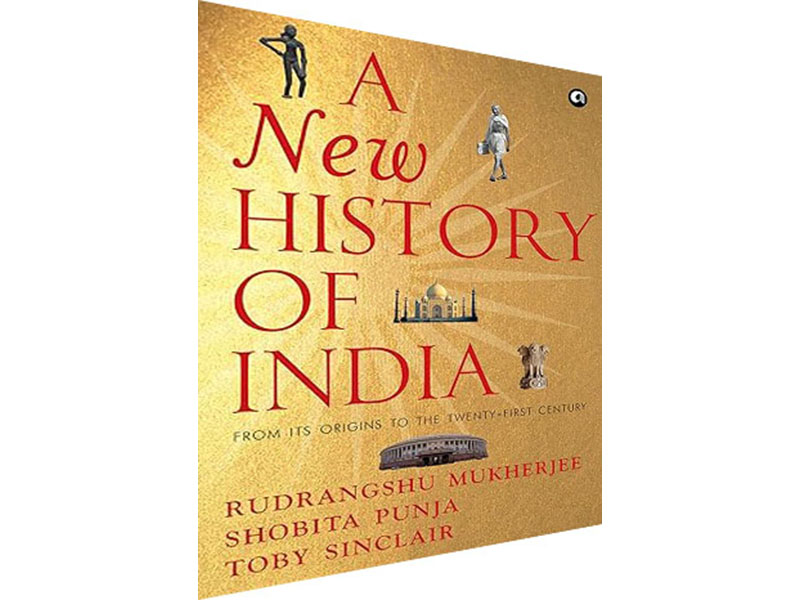The commissioner of lost causes Rudrangshu Mukherjee, Shobita Punja, Toby Sinclair Aleph Book Company Rs.999 Pages 480 The story of the development of Indian civilisation and its march to modern nationhood told with elegance, precision and sensitivity This is a textbook with a difference. It covers a well-known story of the development of India as a civilization, of its march to modern nationhood and does it with elegance, precision and sensitivity. It is this quality of tying together discrete elements of updated research, well-known debates and understanding with a brilliant array of visual material that makes this textbook genuinely a novel exercise in synthesis and analysis. Let me focus on some of the unusual themes that the textbook takes up as it plots the history of India from its first urbanization in the form of the Harappan culture to a series of migrations and settlements that gave the subcontinent states, empires, social formations and cultural symbols. Among these are the development of an art and architectural idiom, of the enrichment of the architectural landscape under successive political dispensations. What is impressive is the lucid explanation of architectural elements that came together in a very particular way to embody the complexity of India’s historical experience. The visual material is splendidly arranged and there is a clear exposition of how tombs and masjids altered the landscape. Another key process the book captures is India’s orientation to the larger outside world — something that textbooks do not often capture. The inbuilt tendency to look at Indian historical development as an insular process of classical grandeur, followed by Islamic rule and then by British control whose modernizing tendencies were often too unpalatable for the majority of their subjects, meant that very little attention was paid to India’s links with the larger worlds of Asia and the Indian Ocean. This book decidedly reverses the trend as it refers to the commercial vitality of the pre-modern Indian economy and its linkages with early modern state building practices. A third point of entry in the text which is definitively new is the analysis of India’s Northeastern societies that underwent radical transformation in the wake of British control, Christianity and plantation agriculture. One may of course, point out that this is not adequately done and seems an act of posturing, but it definitely marks an important beginning. The last section of the book which looks at consolidation of British rule, India’s response and the slow delineation of nationalist consciousness does an adequate job of condensing an extremely complex set of historical processes and debates that surround them. What stands out is the ease with which details from famines to political churnings and events are integrated in an easy and smooth narrative that examines extraordinary changes Indian society, economy and polity underwent, albeit with fault lines and gaps. Readers will be left with evocative impressions and a clear understanding of complex experiences which is the hallmark of any country’s historical profile. Whether it was the effects of long-term migrations…
A New History of India: From its origins to the twenty-first century
